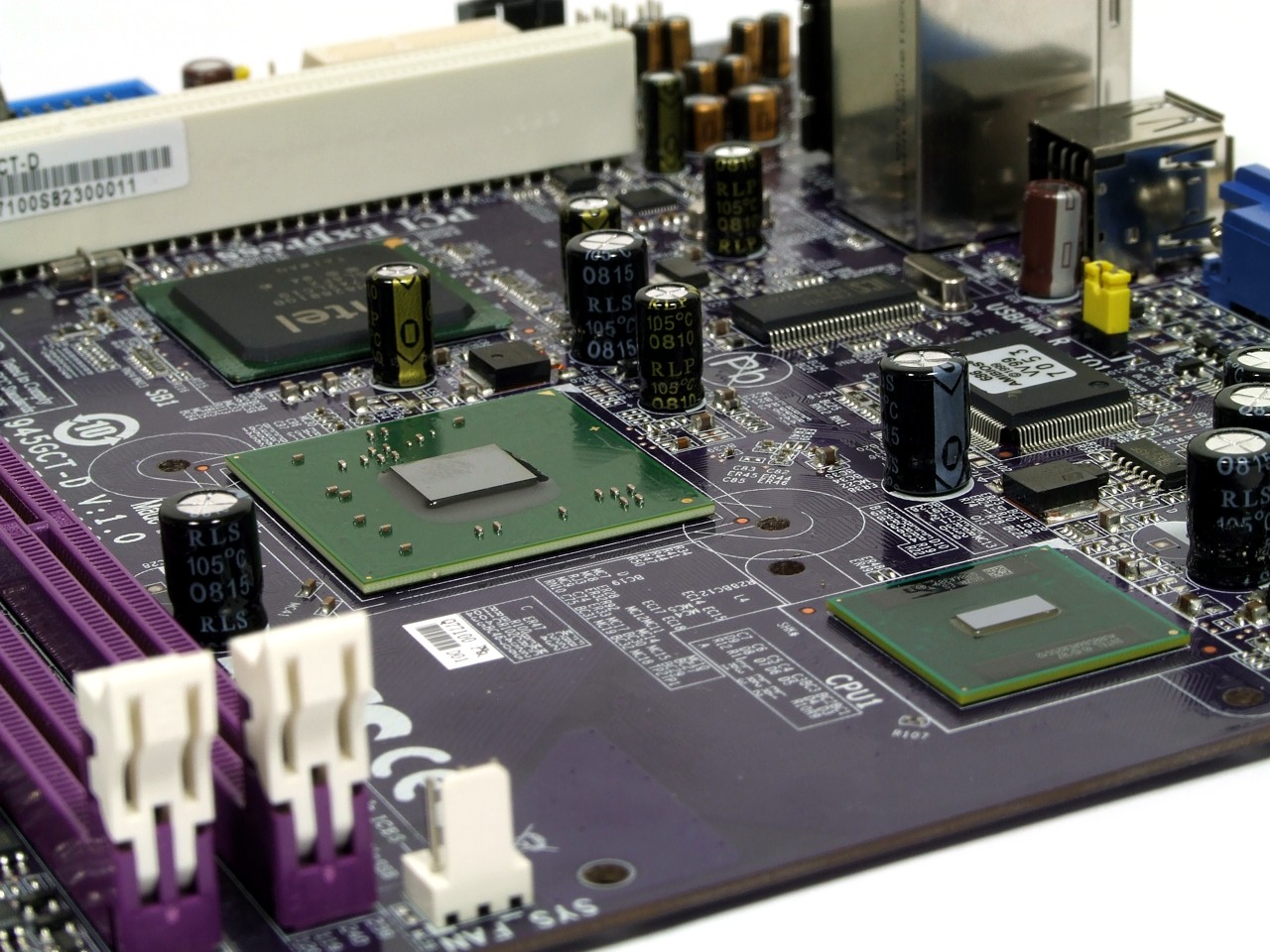Atom Benchmarked: 4W Of Performance
Results: Atom Is Not Suitable As An Office PC
It is quite clear that the 945GTC-D board from ECS with the Intel Atom 230 processor is not suitable for use as a desktop workstation. Although the integrated graphics core would be sufficient, the speed of the Atom 230 processor is just too slow for day-to-day desktop tasks.
Of course, not every user will agree. If you know the precise utilization of the system and you have enough experience to assess what level of computer performance is required, you may find that this system meets your needs perfectly. But this only applies to certain special types of use.
For example, it is possible to surf quite happily as long as the right operating system is used (Windows XP or Linux). If you run more than one application at a time, though, the Atom system will slow down.
The power consumption of the Atom board in both idle mode and under full load set new records in our Munich test lab. The minor advantage over other platforms is a bit disappointing, though. An AMD Sempron LE-1100 system only requires 3 watts more energy in idle mode. On the other hand, under full load, the Atom only jumps by a few watts, while the other desktop-tuned processors consume far more energy.
Anyone who tends to have a system that mainly sits idle will not notice a major difference between the energy consumption of the Atom and the Sempron LE-1100 system. This is, for example, the case when a computer is mainly used for downloads.
The desktop version of the chipset used is largely to blame for this. Since the Diamondville-based Atom system for the desktop is only currently available with an energy-hungry desktop chipset, much of the advantage of the very low energy consumption of the Atom 230 goes to waste. Maybe a motherboard manufacturer will take the plunge and build a Diamondville board based on a mobile chip set.
The dual memory interface doesn’t provide much performance advantage, either. The idea from Intel to integrate Hyper-Threading was absolutely right, as it allows the Atom to improve its performance in our tests by up to 37%. But the Atom has lower computing power compared to the current AMD and Intel platforms. We’d recommend checking out one of those before toying with an Atom-based desktop.
Get Tom's Hardware's best news and in-depth reviews, straight to your inbox.
Current page: Results: Atom Is Not Suitable As An Office PC
Prev Page SiSoft Sandra-
jaragon13 Shouldn't it be on 9 - cooling and temperatures,be idle and load,instead of idle and idle? >.Reply -
When you look at the power consumption on load and compare it to the slowness of the chip while performing on load, it becomes clear why it only uses 4 watts more...Reply
-
A CPU without a platform is useless.Reply
Analyzing the Atom platform quickly from the power/performance perspective.
CPU name / idle W / load W/ Lame (seconds) / total Lame W used
Atom 230 / 40.5 W / 44.2 W / 773 s / 9.49 W
Celeron 220 / 44.9 W / 55.4 W / 375 s / 5.77 W
E2140 / 58.5 W / 69.5 W / 271 s / 5.23 W
Clearly the Atom platform is the most inefficient power/performance wise.
At idle you might win some W, but as soon as you try to do something you spend more power and waste more time.
There are other things you should consider, the frustration of having to wait for things that now we are used to do near instant and the inability to play HD video or use any significant graphics.
The only thing positive for atom is it's price. It's cheap. And maybe with a new chipset it might even be power efficient. But for now it's just cheap.
-
neiroatopelcc I wonder if it'd be able to play games if one were to equip it with a pci based 2400pro & 4gb of memory?Reply
Also, I wouldn't be surprised if someone invents a voltmod for those boards, so they can increase voltage for cpu, mch & ich enabling 2ghz+ speeds -
nachowarrior so in other words atom is pretty much a failure unless it's pumped into a tablet or umpc? and even then apparently isn't cost effective or readily available, nice...sounds like a great product launch.Reply -
I ran a google search for ECS 945GCT-D mainboard, and could not find it.Reply
I don't get it, why do you publish tests with products that don't even exist on the vendor web site?
Thank you, anyway -
Lans Raiden, while your numbers are true, I think a fairer comparison would be to use 773s for all processors (meaning the rest go to idle alot quicker). I suppose you can power your computer down afterwards or start up a web browser etc.Reply
Atom 230 (773s load / 0s idle) : 9.5W
Celeron 220 (375s load / 398s idle): 10.7W
E2140 (271s load / 502s idle): 13.4W
Sempron LE-1100 (43.9W idle, 70.4W load, 301s load / 472s idle): 11.6W
Sure this is biased against the Atom (not going idle at all) but with 4W delta between load and idle, I am too lazy to change the numbers already used.
I find it comparing the Atom to a Sempron LE-1100 more and Celeron 220 interesting:
"A Celeron at 1.20 GHz is 35% faster than an Atom at 1.60 GHz, but the Atom only consumes a fraction of the energy used by the Celeron. The AMD Sempron system, which uses almost the same energy in idle mode as the Atom system, is 43% faster."
-
haley0918 in anyway, despite of the low power and low performance, i still think it'll also be good as simple file server or home server besides as umpc. for experts, it'll be enough for some robotics and control application. just like the one used for Aiko in http://www.projectaiko.comReply
